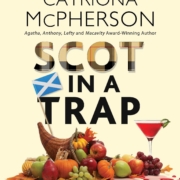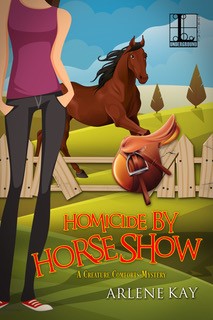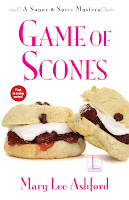Liars or Truth Seekers?
by Sparkle Abbey
Ever play two truths and a lie? The ice breaker game where each person shares three facts about him or herself, but one is really a lie. The others must pick out the lie from the truths. The most successful players know that the best lie contains a truthful element.
According to Stephen King, “Fiction is the truth inside the lie.” Perhaps one can consider fiction to be a form of two truths and a lie.
Great fiction has the power to reveal truth through well defined and developed characters. Yet truth is a matter of perspective – especially in mystery fiction. Truth, lies and deceit are pillars in a great mystery. If the characters, for the most part, always told the truth, the mystery is quickly solved and well, that’s pretty darn boring. And a very short novel. Think about some of your favorite characters. They are most likely flawed, complex, and strive to do the right thing, although at times going about it the wrong way.
Are they liars or truth seekers? Perhaps both.

Self-deception is an important element in fiction. Like in real life, our characters are quick to justify and find excuses for lying—even the good guys. It’s only a white lie, to protect someone’s feelings. They didn’t actually lie; they just omitted the truth when asked if they had information. Or maybe they did lie to protect someone they love who is accused of a crime they didn’t commit, buying time to find the truth. Ah…a truth seeker!
As writers we “lie” by planting clues of misdirection, red herrings, false clues, inaccurate witnesses, and false confessions. Our lies add tension and hid the truth until the appropriate time for the big reveal. In a mystery these types of lies are acceptable because the reader is already in on the joke or “lie” the second they opened the book. The reader “agrees to believe the lie.”
As writers not only do we want to entertain, but we also have a point of view, a “truth inside a lie” we want to convey to others by storytelling—redemption, love, forgiveness, justice. A truth seeker.
 Sparkle Abbey is actually two people, Mary Lee Woods and Anita Carter, who write the national best-selling Pampered Pets cozy mystery series. They are friends as well as neighbors so they often get together and plot ways to commit murder. (But don’t tell the neighbors.) They love to hear from readers and can be found on Facebook, Twitter, and Pinterest, their favorite social media sites. Also, if you want to make sure you get updates, sign up for their newsletter via the SparkleAbbey.com website.
Sparkle Abbey is actually two people, Mary Lee Woods and Anita Carter, who write the national best-selling Pampered Pets cozy mystery series. They are friends as well as neighbors so they often get together and plot ways to commit murder. (But don’t tell the neighbors.) They love to hear from readers and can be found on Facebook, Twitter, and Pinterest, their favorite social media sites. Also, if you want to make sure you get updates, sign up for their newsletter via the SparkleAbbey.com website.







